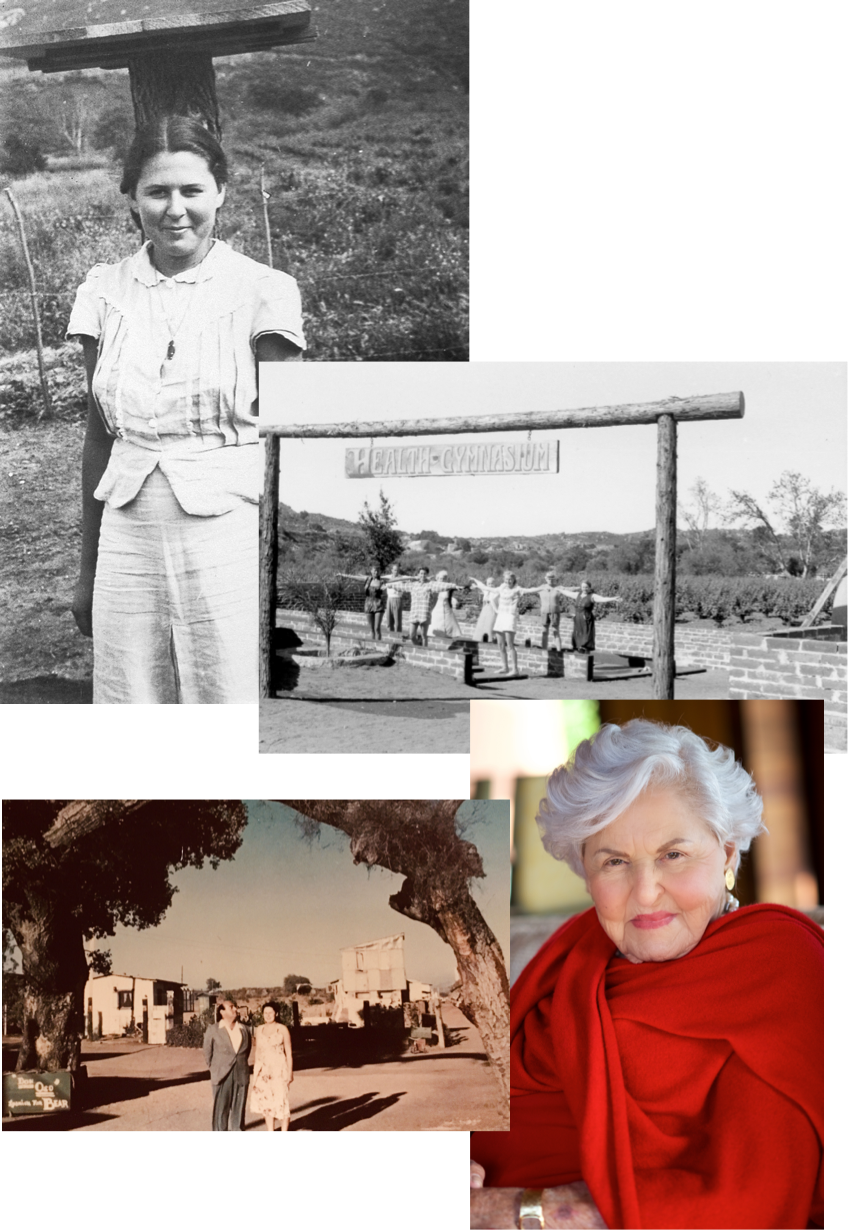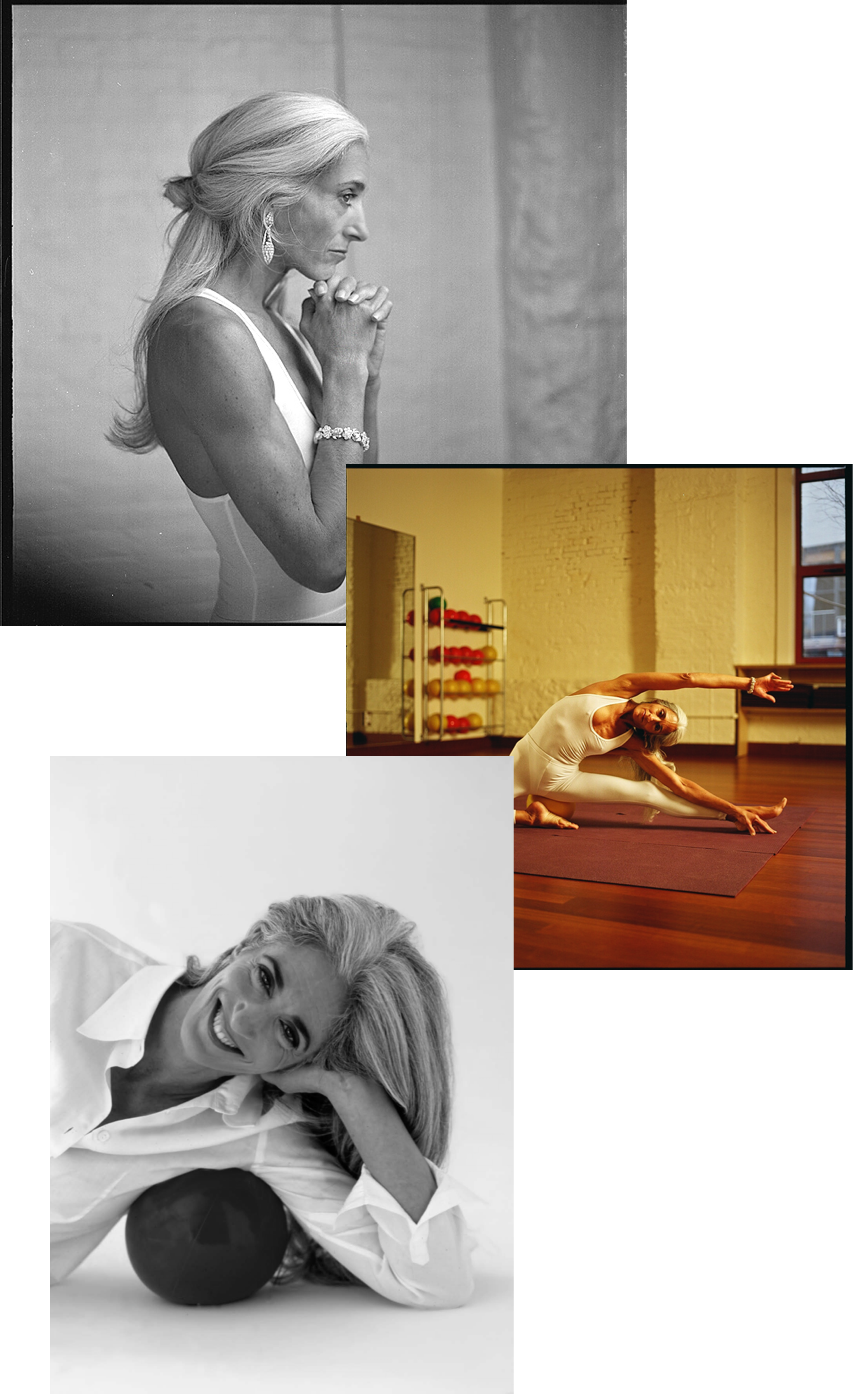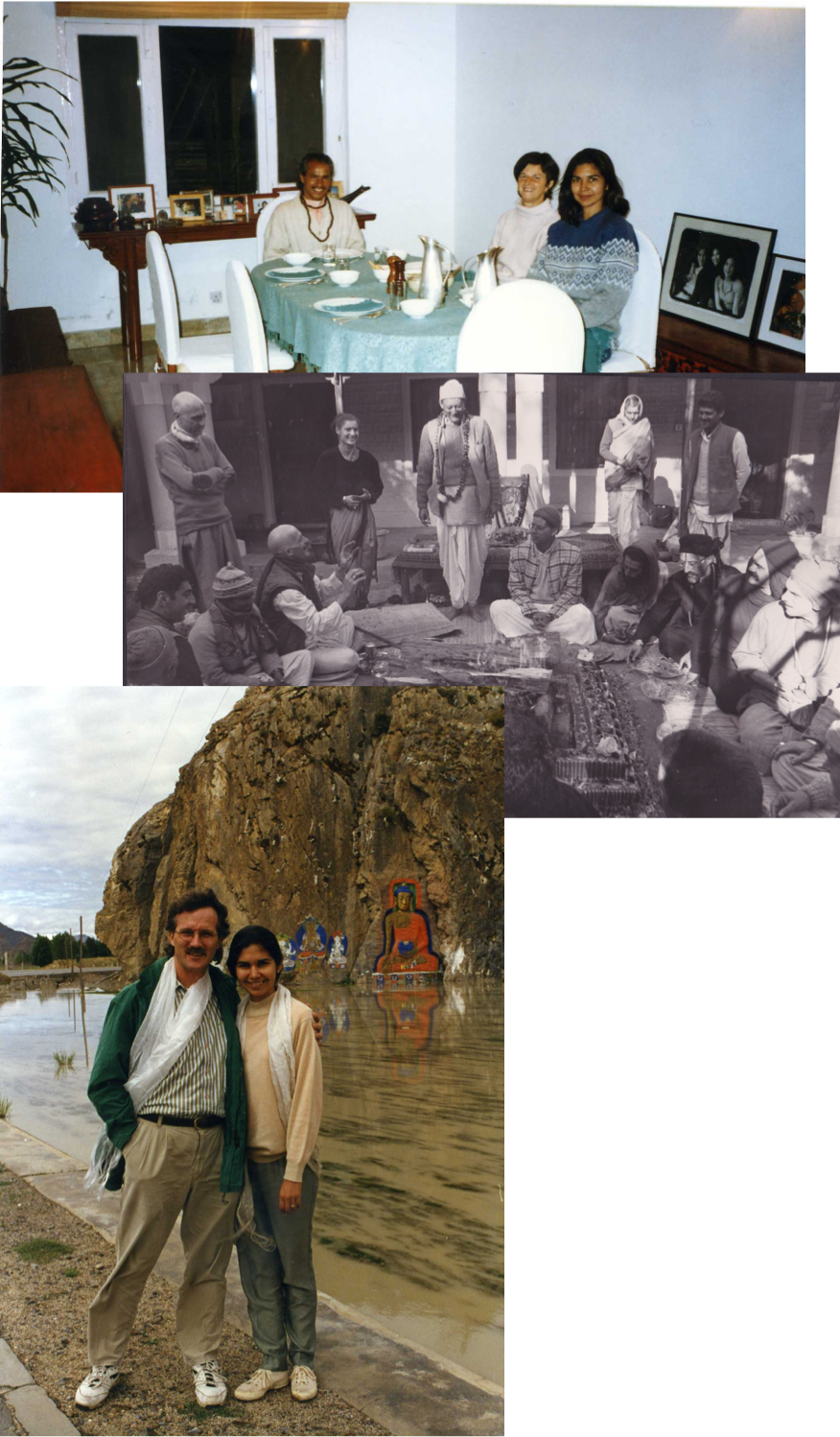The modern wellness pioneers
How the evolution of Wellness changed the way we see self-care
Advertisement feature presented by the Global Wellness Institute
Wellness has a rich and storied history. From spirituality and ancient knowledge to physical and mental health, the industry has incorporated wide and varied trends.
Scroll down to meet the influential voices of wellness.
Modern wellness began in earnest in the latter half of the 20th Century. By the 2000s, modern trends like workplace wellness programs became more commonplace, fitness and spa industries boomed, and celebrity wellness and self-help experts took over the rapidly expanding field. Wellness had entered the mainstream.
According to the Global Wellness Institute’s Global Wellness Economy Monitor, the world wellness economy grew from a $3.7tn (£3tn) market in 2015 to $4.2tn (£3.4tn) in 2017. Now, wellness is global. The Global Wellness Institute define wellness as the pursuit of physical activity, nutrition, beauty, wellness, tourism, workplace wellbeing, even real estate, leading to an holistic state of health. The industry has some unique and inspiring wellness pioneers to thank for this growth.

Known to the industry as the Mother of Spa, Deborah Szekley is a true pioneer in the wellness industry. In 1940, she and her husband, the late Edmond Szekely opened Rancho La Puerta in Tecate, Baja California, Mexico. Rancho La Puerta was founded on the principle that being out in nature can heal the body and mind, and that the mountain on which it is built is the destination’s greatest asset. Still family-owned, and now run by Deborah’s daughter Sarah-Livia, the fitness and wellbeing resort has won awards and accolades for being a transformational destination spa.
At 101 years old, Szekley’s wellbeing routine is clearly working well for her. A pescatarian (“After a while, you get tired of just beans,” she says) who walks at least an hour a day without fail, she knows the importance of a routine and healthy diet. “I think it’s really important to keep in mind that as you get older, you have to keep on feeding your brain with the correct food, with exercise, with oxygen, doing all these things that you did when you were young.” But the most important part of her wellness routine is maintaining her active social life. “I have learned so much from my friends,” she says with a smile.

Noella Gabriel is the co-founder of Elemis, the iconic skincare and wellbeing brand that has led the spa industry for 35 years. “We launched Elemis into a world where people were just starting to buy moisturiser and were becoming aware of the value of using it under their makeup,” Gabriel says. But consumers are much more aware of the link between skincare and holistic wellness today. “Your skin today reflects the choices you made yesterday. The choices you make today can change your skin tomorrow.”
“Wellness has become more accessible as a concept. It’s meeting where the consumer is today, which is very exciting,” she says. Like many industries, the wellness sector was hugely impacted by the pandemic. Spas, retreats and wellness communities were cut off from the people they served But, Gabriel believes people want the experience of having experts care for them. “There is a real need for this escapism, for this attention to our needs as consumers, and I think that’s really exciting. Because that’s going to push us all to create better experiences, to educate our wonderful therapists out there, and be even better.”

Sue Harmsworth, the founder of Espa and a pioneer in the evolution of the spa industry, has worked in wellness for 45 years. “There are so many people trying to get into this industry who haven’t got the therapeutic physiology or key understanding of the mind or the body, they’re gurus, they’re not trained” she says. “We’ve got thousands of really good therapists out there of all kinds, who can help with mental and physical health, but what we need to do now is define what we’re doing between – what I call – light wellness and serious wellness. And that’s a big challenge for the industry.”
In 2020, she launched the Standards Authority for Touch in Cancer Care (SATCC). The group offers a standard in the US that provides those being treated for cancer access to qualified wellness and practitioners. “One in two people are being touched by cancer. They were being turned away from salons,spas and wellness, not for any nasty reason, but just because the therapists were frightened because the premises couldn’t get insured,” Harmsworth explains. “We’re changing all of that.” So far, the SATCC has given training to 3,000 therapists across 400 spas in the past two years, so that’ll keep rolling out and made accessible.”

Wellness real estate, or homes that are designed and built to support the holistic health of their residents, is the brainchild of Steve Nygren who founded Serenbe, a community built in the forest on the edge of Atlanta, Georgia, in the US. After a successful career in the hospitality industry, he retired to a farm on the edge of Atlanta in 1994. His concern over the sprawl of urban construction into rural Georgia’s tranquil space led him to build a neighbourhood that would end up being Serenbe.
“After purchasing 900 acres around our home to protect the green space around us, I realised that I couldn’t purchase protection from development, and I couldn’t keep buying land,” Nygren says. “So we organised 500 landowners and rezoned 40,000 acres, to mimic the countryside of England.” Nygren set about to create and mimic a village. Serenbe takes inspiration from English villages and towns, with each of its hamlets including centres focused on arts, agriculture, health, play and education.
“I didn’t think about it as wellness, but when I was coming up with the plans, I thought about how people can thrive,” Nygen says. “That could be a lot of things to people, but to know who’s growing your food, to be able to walk down the street with your kids, to have access to education and arts, it all enables people to live healthily and happily.”

Yamuna Zake started out as a yoga teacher, but realised her passion lay in helping people to untangle from their own bodies. “It went from helping people with yoga postures to people coming to me with injuries, asking what was wrong,” Zake says. “I would say, well, I don’t really know, but let’s just check out your anatomy. And the next thing I know, it developed into a very incredible system of therapy called body logic.”
After moving to Spain, Zake developed Body Rolling, using a ball to manipulate the muscle the same way she would with her hands on clients.
“My work really isn’t a fitness system, it’s a wellness system. It helps you be able to take care of your body at every age,” Zake says. “Because I am a pioneer, when I see the new things that people are marketing, I sort of roll my eyes. I want to see results, I want to see how this new thing actually works for people. So from that point of view, anything that people feel an improvement from is in the category of wellness today.”

John and Karina Stewart, founders of wellness sanctuary Kamalaya, share a remarkable love story. Finding each other serendipitously while exploring their spirituality in the Himalayas, they began a journey to learn about the teachings of ancient and modern wisdom. They absorbed the knowledge of their spiritual guides, learned the power of food as medicine and enveloped themselves in the healing properties of nature.
Kamalaya was born out of their decision to get married. Seeking a place to share their knowledge with others, and somewhere for John to heal following an illness, they turned to Koh Samui in Thailand – a place long associated with wellness sanctuaries and spiritual retreat. Close to an ancient cave used by monks and pilgrims to pray, they built their own retreat. Kamalaya is simple in layout – a series of low-rise buildings made from natural materials, and the couple’s care and attention. The buildings blend the outside and inside together, wrapping around trees and incorporating giant boulders so as to make as few changes to the landscape as possible. Visiting Kamalaya is like a journey through John and Karina’s lives – with details picked up from their travels and education stitched together with the strong principle of the healing power of nature which is a current that runs through the retreat.
WORLDWIDE: GLOBAL WELLNESS INSTITUTE
In the 19th Century, alternatives to healthcare such as homoeopathy, naturopathy and holistic approaches that focused on self-healing were founded and became widely popular across Europe and the US. Now these are considered precursors to the wellness and self-help movement we see thriving today. But how has wellness become a global movement?
“We work globally to help others do well in their wellness business, alongside our global research into the wellness movement, so we know how it’s growing and how the key players are making it so,” says Susie Ellis. “Covid-19 really accelerated our work. People, consumers, but also the medical profession, began realising how important the wellness arena is,” Ellis explains. “The medical community helps to cure or treat issues, we’re here to prevent and help people combat them from happening. Combining the two, bringing stress reduction, exercise, eating healthily and treating your body can help people take care of themselves like never before.”
ADVERTISEMENT FEATURE PRESENTED BY GLOBAL WELLNESS INSTITUTE
The Global Wellness Institute’s mission is to empower wellness worldwide, provide insights into the ever-growing industry and bring those who champion it together.
























































